No products in the cart.

Bamboo is a rapidly growing plant with a wide range of uses, and it is becoming an increasingly popular eco-friendly material. Its products, from disposable items to durable alternatives to plastic, are crafted through low-carbon and environmentally friendly production processes and are biodegradable. In China, the traditional bamboo weaving craft from QingShen County in Sichuan is particularly renowned and is recognized as a national intangible cultural heritage. This craft boasts a long and rich history, and a startup handmade brand called “DaintyArt” is emerging within this cultural context.
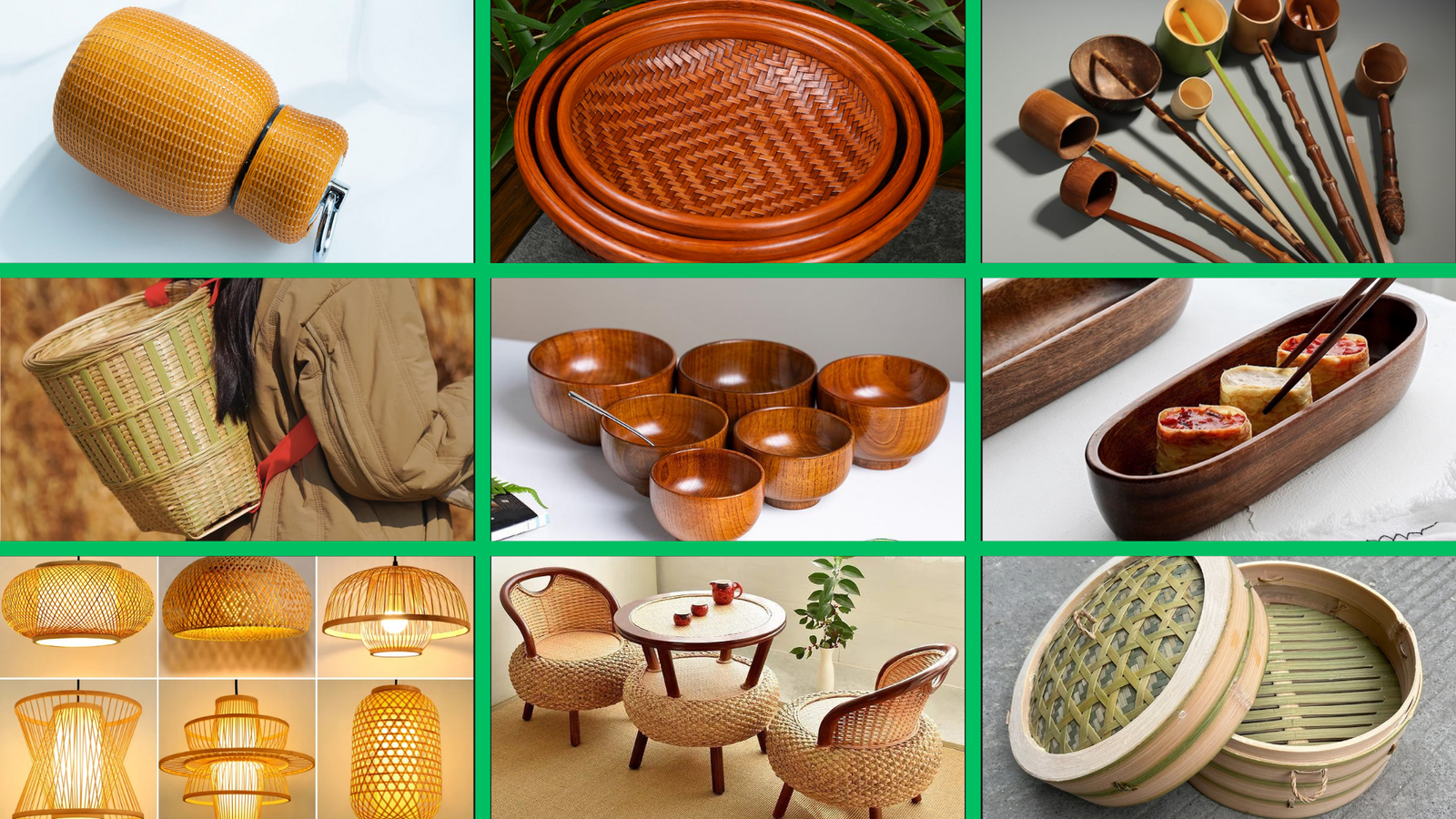
Bamboo, a rapidly growing and versatile material, is used in the production of both disposable and durable alternatives to plastic. These bamboo-based products, with their beautifully crafted dainty art designs, not only go through a low-carbon and eco-friendly manufacturing process but are also capable of biodegradation.
In recent years, as bamboo processing technology has matured, the range of bamboo products has expanded significantly. With improvements in safety performance and quality, these items—often featuring exquisite dainty art designs—have become increasingly competitive in the market compared to traditional plastic products.
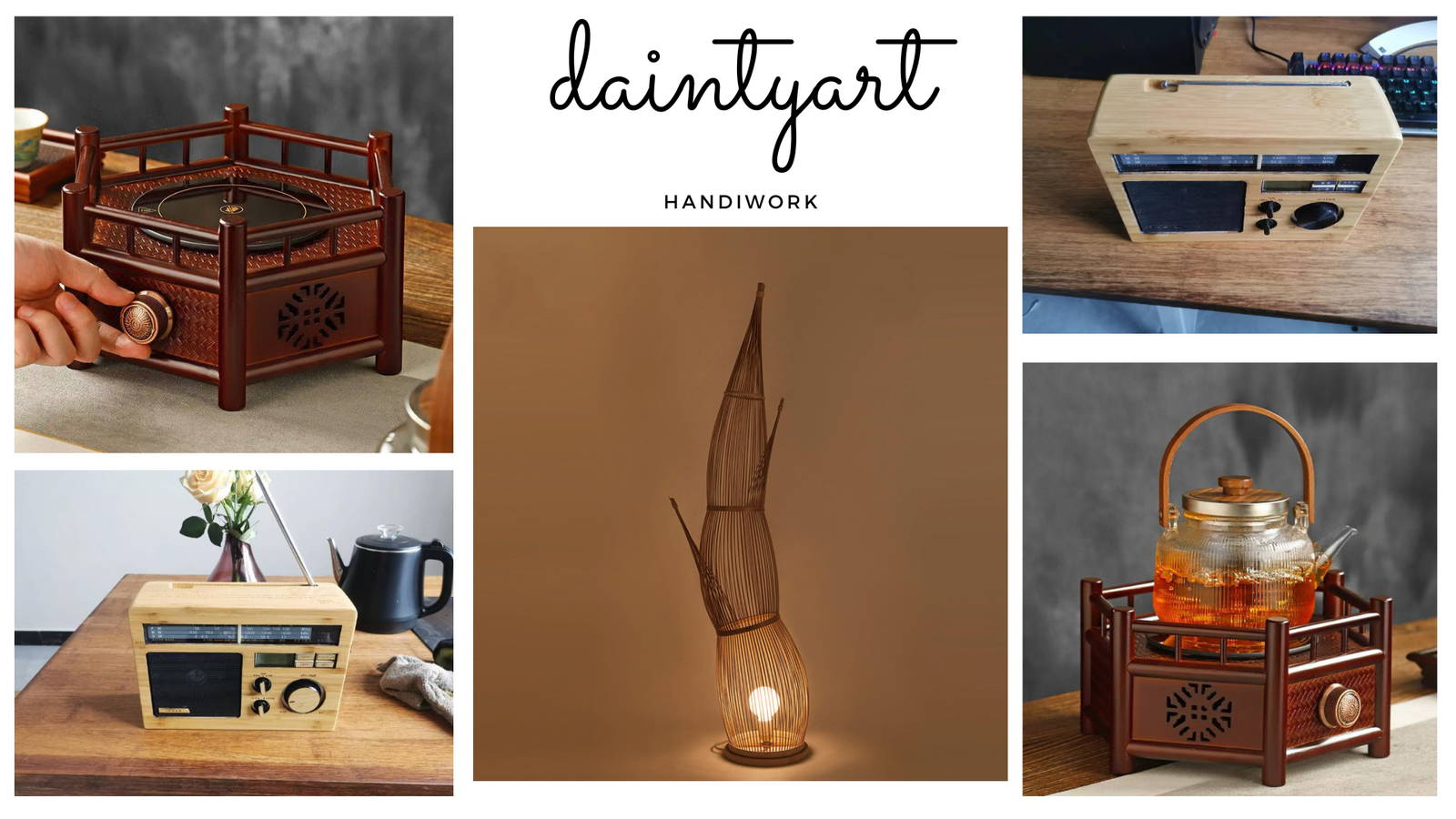
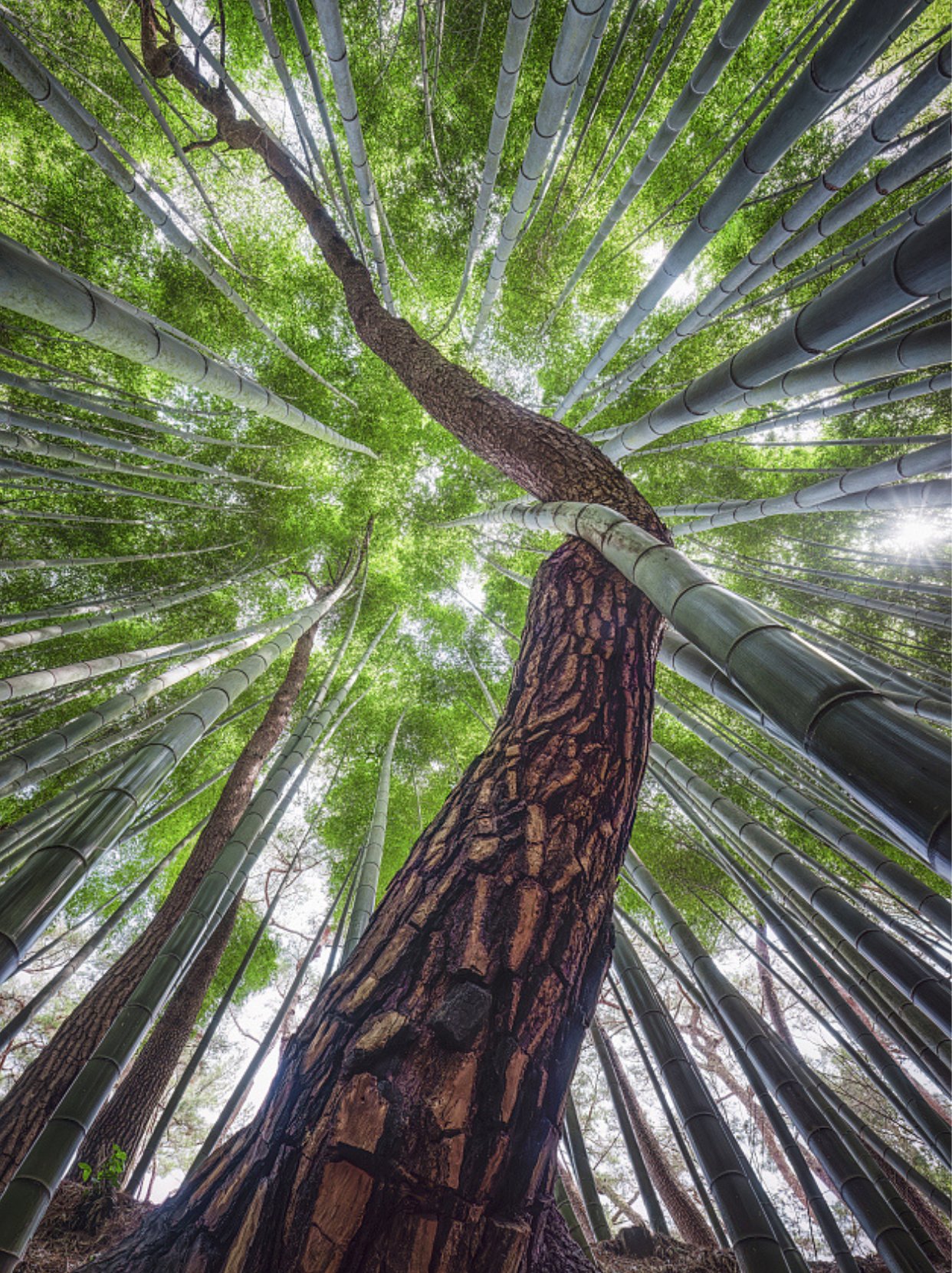
The production and manufacturing of plastics are heavily reliant on fossil fuels, while bamboo products, often adorned with beautiful dainty art designs, are crafted from biomass materials. This means they can be recycled and have a low carbon footprint, resulting in a significantly smaller environmental impact. What’s more, bamboo regenerates after harvesting, allowing for reharvesting in just three to five years. The lifecycle of bamboo products far exceeds the time it takes for bamboo to grow from shoots to maturity, making it an excellent fit for the circular economy. Additionally, bamboo can thrive on degraded soils and slopes, without taking up valuable farmland.
Bamboo is truly a treasure, with every part—from the stalk to the roots, shoots, and leaves—being utilized in a way that achieves a zero-waste approach. Many of these bamboo products are crafted with minimal to no synthetic materials during production and can be recycled at the end of their lifespan, beautifully showcasing the principles of a circular economy, often featuring delicate dainty art designs that enhance their appeal.
Even when some synthetic materials are used, bamboo products still have a lower carbon footprint and ecological cost compared to traditional materials like PVC, aluminum, and steel. Choosing bamboo isn’t just an eco-friendly choice; it’s a step towards sustainable development—what a win-win!
Single-use plastics
The pollution and health issues stemming from single-use plastics have captured global attention. Nearly all these products are derived from fossil fuels, making them a major player in contributing to climate change. What’s even more alarming is their extremely low recycling rate; only a tiny fraction gets recycled each year, while the overwhelming majority turns into waste, littering our planet. The harmful particles and chemicals released from this plastic waste pose serious risks to both human and wildlife health. In light of these concerns, over 120 countries have implemented bans on single-use plastic products, paving the way for more sustainable alternatives, including those featuring exquisite dainty art designs.
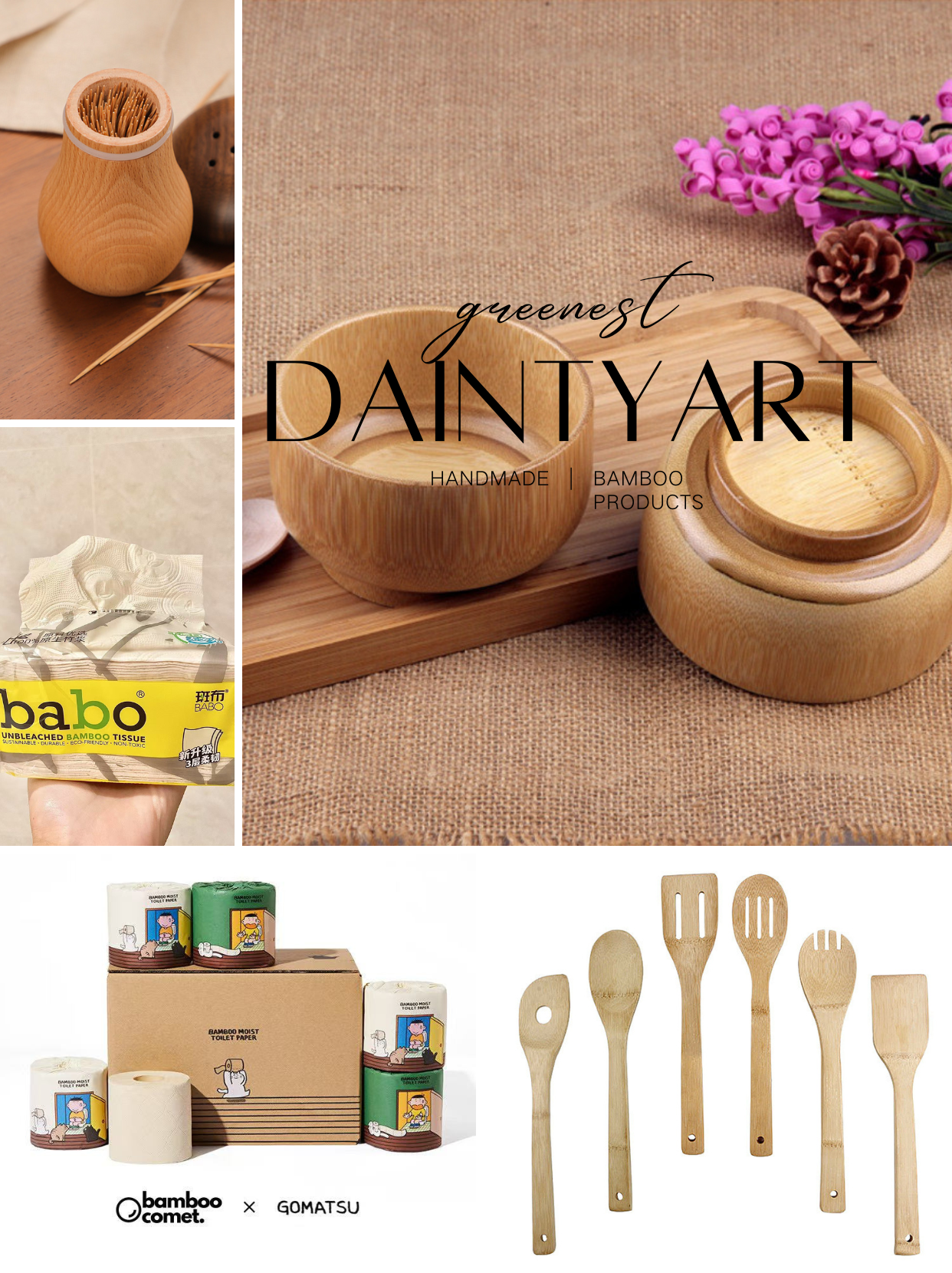
Airlines like Singapore Airlines, Hafei Airlines, and British Airways have started incorporating bamboo cutlery, stirrers, and food containers into their services. Even major chains like KFC are experimenting with biodegradable utensils made from bamboo, corn, and sugarcane. If bamboo cutlery featuring charming dainty art designs is rolled out across the KFC chain, it could potentially cut down 40 million pieces of plastic waste in Canada alone within a year!
Durable plastic products
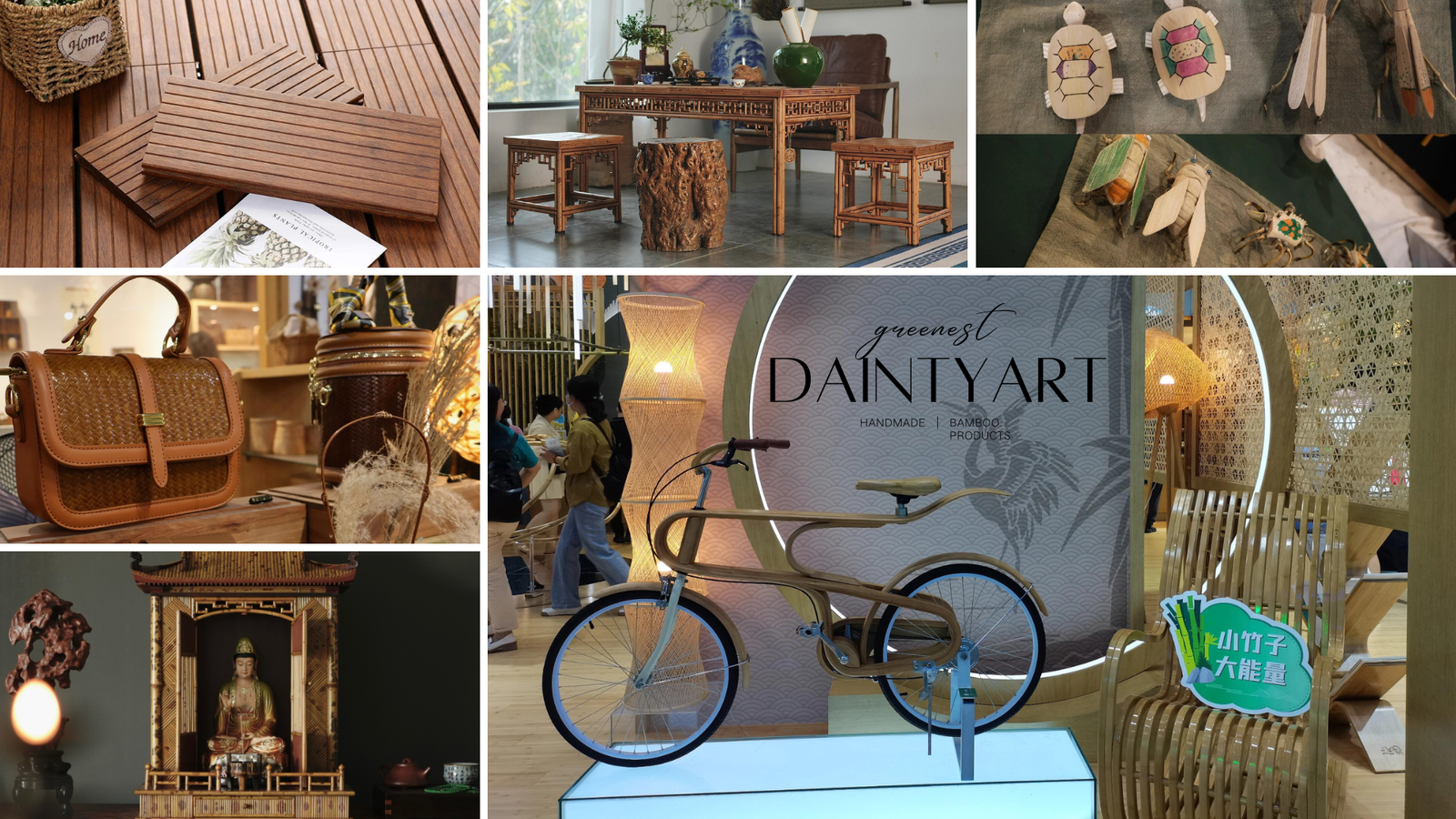
Beyond just being a replacement for single-use products, bamboo can be transformed into a diverse range of durable items, including skateboards, flooring, furniture, construction materials, bags, creative cultural products, sculptures, and even wind turbine blades and drainage pipes. Its impressive strength and lightweight nature make it a top choice for these applications. Plus, the lovely dainty art designs that can be added to bamboo creations truly highlight its potential in promoting sustainable development!
Bamboo strips can be elegantly processed into laminated products, compressed materials, and composite materials, serving as foundational elements for walls, ceilings, and both indoor and outdoor flooring. Smaller pieces of bamboo can be fashioned into fiberboard and particleboard, providing a sustainable alternative to medium-density fiberboard in wood flooring and semi-structural panels. Interestingly, when combined with bio-based resins, bamboo fibers can even be used in 3D printing or compressed molding as fillers in various applications. These innovative uses not only showcase the versatility of bamboo but also its remarkable potential in construction and manufacturing, often enhanced by beautiful dainty art designs that make these materials even more appealing.
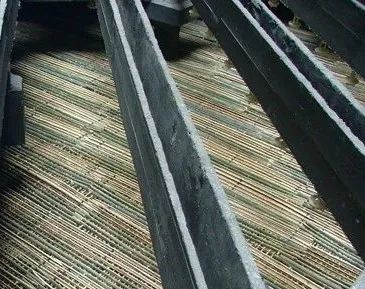
Dongfeng Motor’s thermal power plant in China initially used PVC fill in its cooling towers. However, after four years, the PVC fill began to experience aging and deformation issues. As a result, the power plant switched to bamboo fill in 2013. This change not only addressed the durability concerns associated with PVC but also highlighted the advantages of using bamboo as a more sustainable material.
The practices at Dongfeng Thermal Power Plant reveal that bamboo fill outlasts and performs better than PVC fill. From what I’ve gathered, the temperature of bamboo fill remains much more stable over time compared to PVC, and from March to August, it managed to save nearly 529 tons of coal!
What’s even more impressive is that the environmental impact index for one cubic meter of bamboo fill is just 26,000 grams of CO2 equivalent, which is less than one-sixth of what PVC fill produces. Currently, around 80 companies in China have begun using bamboo fill in their cooling towers as a sustainable substitute for PVC.
These innovative applications really highlight bamboo’s significant potential as a replacement for plastic and other materials that come with high carbon emissions and environmental costs. It’s exciting to see bamboo, often paired with delightful dainty art touches, become a promising choice for construction and infrastructure projects!
In China, the traditional bamboo weaving craft in Qingshen County, Sichuan, is quite famous and has been recognized as a national intangible cultural heritage. This bamboo weaving has a long and rich history. Nestled in this culturally significant area is a handcrafted startup brand called “DaintyArt.” As a new brand, they pour a tremendous amount of heart and energy into each piece, placing great emphasis on product quality. No matter where you are, you can easily purchase their products online, and they even offer customization based on your preferences. Their dedication to quality and flexibility in service reflects their passion for preserving and promoting the art of bamboo weaving.



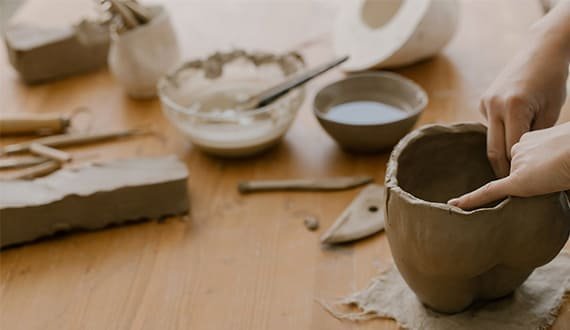
非常好